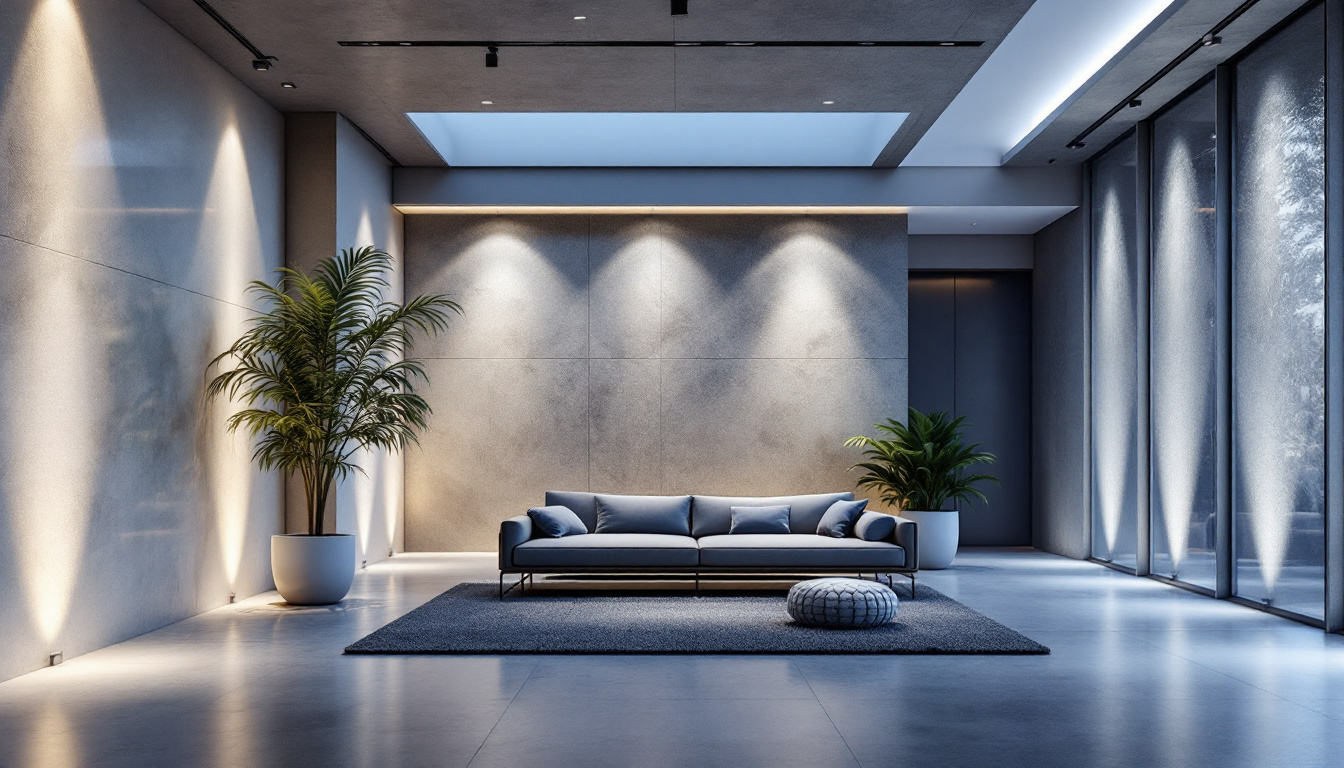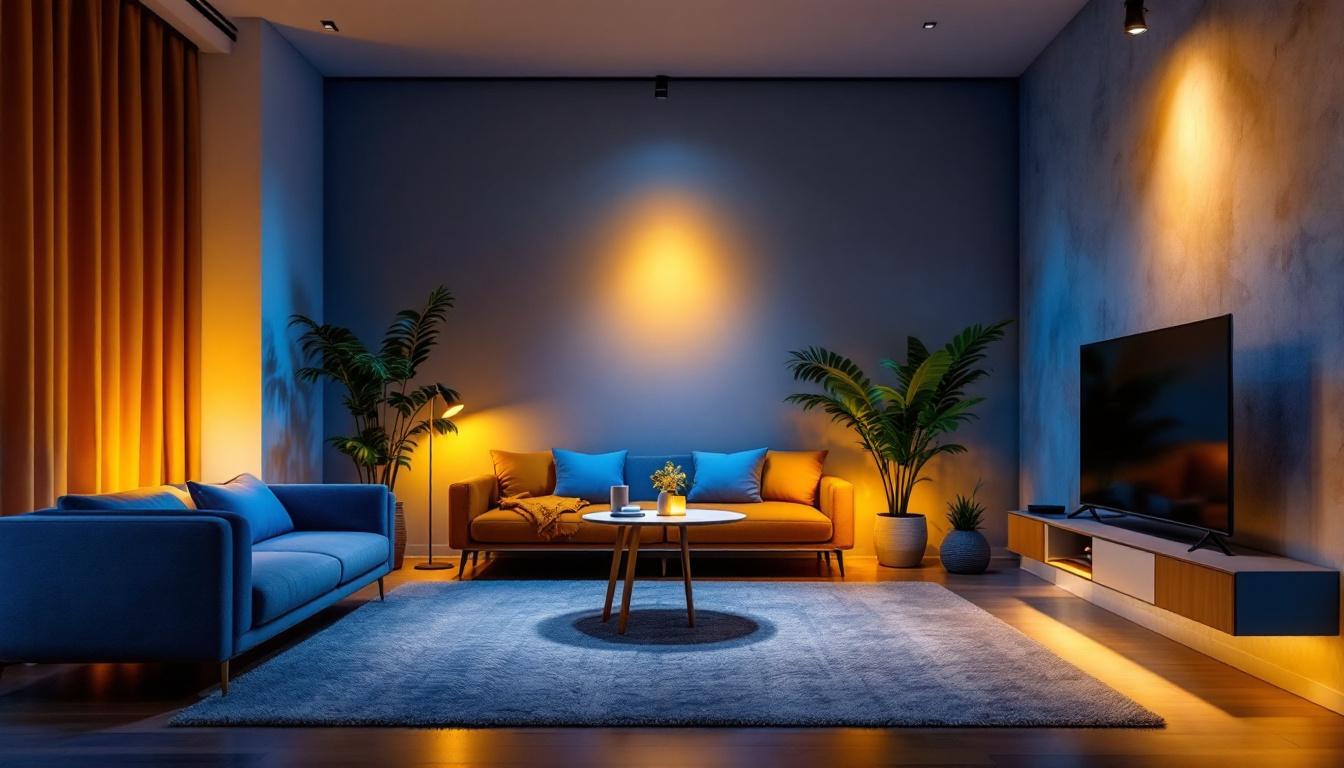
In the world of lighting design and installation, the concept of “long light” has become increasingly relevant. This term refers to the effective use of lighting over extended periods, ensuring not only functionality but also aesthetics and energy efficiency. For lighting contractors, understanding and implementing best practices in this area can lead to enhanced project outcomes, satisfied clients, and a competitive edge in the market. This article explores key strategies and considerations for lighting contractors aiming to master the art of long light.
Long light involves the strategic application of lighting solutions that provide consistent illumination over time. This can pertain to both indoor and outdoor environments, where the goal is to create spaces that are not only well-lit but also visually appealing and energy-efficient. A thorough understanding of long light principles is essential for contractors who wish to deliver high-quality installations that meet client expectations. The concept of long light also encompasses the duration and quality of light exposure, which can significantly influence the mood and productivity of individuals within a space. By leveraging the principles of long light, contractors can create environments that foster creativity and well-being, ultimately enhancing the overall user experience.
Quality lighting goes beyond mere brightness. It encompasses aspects such as color rendering, uniformity, and the psychological effects of light on occupants. For contractors, it is vital to select fixtures that not only meet the technical requirements but also enhance the ambiance of the space. High-quality lighting can significantly improve the functionality of a space, whether it’s a commercial setting requiring focused task lighting or a residential area needing warm, inviting illumination. Furthermore, the right lighting can highlight architectural features and artwork, creating focal points that draw the eye and add character to the environment. Understanding the interplay between light and design allows contractors to tailor their lighting solutions to the specific needs and preferences of their clients, ensuring a harmonious balance between aesthetics and practicality.
With increasing awareness of environmental issues, energy efficiency has become a critical consideration in lighting design. Utilizing LED technology and smart lighting systems can drastically reduce energy consumption while providing the long light effect desired by clients. Contractors should stay updated on the latest advancements in energy-efficient lighting solutions and promote these options to their clients. This not only benefits the environment but also reduces operational costs for users, making it a win-win situation. Additionally, incorporating daylighting strategies, such as skylights and large windows, can further enhance energy efficiency by maximizing natural light. This approach not only lowers reliance on artificial lighting but also creates a more dynamic and pleasant atmosphere, as natural light has been shown to improve mood and productivity. By embracing sustainability in their designs, contractors can play a pivotal role in shaping a greener future while meeting the evolving demands of their clients.
Implementing best practices in lighting design and installation can significantly enhance the quality of projects. Here are some essential strategies that lighting contractors should consider:
Before commencing any project, a thorough assessment of the space is crucial. This includes understanding the client’s needs, the purpose of the space, and any specific lighting requirements. By assessing factors such as natural light availability, room dimensions, and existing electrical infrastructure, contractors can create a tailored lighting plan that maximizes the benefits of long light. Furthermore, it is beneficial to engage with clients during this phase to gather insights about their preferences and lifestyle. This collaborative approach not only fosters trust but also ensures that the final design aligns closely with the client’s vision.
The selection of lighting fixtures plays a pivotal role in achieving long light. Contractors should consider factors such as lumen output, color temperature, and beam angle when choosing fixtures. For instance, in spaces where tasks are performed, brighter fixtures with a cooler color temperature may be more appropriate, while warmer tones may be better suited for relaxation areas. Additionally, fixtures should be durable and designed for longevity to minimize maintenance and replacement costs. It is also wise to stay updated on the latest trends in lighting design, such as energy-efficient LED options or fixtures that integrate seamlessly with the overall decor. By doing so, contractors can offer innovative solutions that not only meet functional needs but also enhance the aesthetic appeal of the space.
Incorporating smart lighting systems can enhance the functionality and efficiency of lighting installations. These systems allow for automated control of lighting levels, schedules, and even color changes based on the time of day or occupancy. By offering clients smart solutions, contractors can provide added value, ensuring that spaces are not only well-lit but also adaptable to various needs and preferences. Moreover, integrating smart technology can lead to energy savings, as these systems can adjust lighting based on real-time usage patterns. Providing training or resources to clients on how to effectively use these systems can further enhance their experience, making them feel empowered and satisfied with their investment.
Effective lighting design involves more than just placing fixtures; it requires a thoughtful approach that considers how light interacts with the environment. Here are some key design considerations for contractors:
Layering different types of lighting—ambient, task, and accent—creates a more dynamic and functional space. Ambient lighting provides overall illumination, task lighting focuses on specific areas for activities, and accent lighting highlights architectural features or artwork. By combining these layers, contractors can achieve a balanced lighting scheme that enhances the long light effect. For instance, in a living room, a combination of recessed ceiling lights for ambient lighting, table lamps for task lighting, and wall sconces to accentuate artwork can transform the atmosphere, making it inviting and versatile for various occasions.
Designing with control in mind allows for greater flexibility in how spaces are utilized. Incorporating dimmers, timers, and smart controls can enable users to adjust lighting based on their needs, enhancing comfort and functionality. This adaptability is particularly important in commercial settings, where the use of a space may change throughout the day. For example, a conference room might require bright, focused lighting during meetings, while softer, warmer tones could be more suitable for brainstorming sessions or social gatherings. By integrating advanced control systems, contractors can ensure that lighting can be tailored to suit the specific mood or activity, maximizing both efficiency and user satisfaction.
Another critical aspect of lighting design is the consideration of color temperature and light quality. The color temperature of light, measured in Kelvins, can significantly influence the mood and functionality of a space. Warmer tones (around 2700K to 3000K) are often preferred in residential settings for their cozy and inviting feel, while cooler tones (4000K to 5000K) are more suitable for workspaces, promoting alertness and concentration. Additionally, the quality of light, including factors such as Color Rendering Index (CRI), impacts how colors appear in a space. High CRI lighting is essential in environments where accurate color perception is crucial, such as art studios or retail spaces, ensuring that products and artworks are presented in their true colors.
Proper installation techniques are essential for ensuring that lighting systems perform as intended. Here are some best practices for contractors during the installation phase:
Placement and spacing of fixtures can significantly impact the effectiveness of lighting. Contractors should follow guidelines for fixture placement to avoid shadows and ensure even distribution of light. For example, in a workspace, task lighting should be positioned to minimize glare on screens and work surfaces. Additionally, spacing fixtures appropriately can help achieve the desired light levels without overloading circuits.
Effective wiring and circuit management are critical for the safety and efficiency of lighting installations. Contractors should ensure that circuits are adequately rated for the load and that wiring is done according to local codes and regulations. This not only prevents potential hazards but also ensures that the lighting system operates efficiently over time.
Once a lighting system is installed, ongoing maintenance and client education become vital components of long light success. Here are some strategies to consider:
Lighting systems require periodic maintenance to ensure optimal performance. Contractors should recommend regular checks to clients, including cleaning fixtures, replacing bulbs, and inspecting wiring. Establishing a maintenance schedule can help prolong the life of the lighting system and maintain its effectiveness.
Educating clients on how to use their lighting systems effectively is essential. This includes demonstrating how to operate smart controls, adjust settings, and understand the benefits of different lighting modes. By empowering clients with knowledge, contractors can enhance their satisfaction and encourage proper usage of the lighting system.
The lighting industry is continually evolving, with new technologies and design trends emerging regularly. For contractors, staying current with these developments is crucial for maintaining a competitive edge. Here are some ways to stay informed:
Attending training sessions and workshops can provide valuable insights into the latest lighting technologies and design techniques. Many manufacturers and industry organizations offer educational opportunities that can help contractors expand their knowledge and skills. This ongoing education is essential for adapting to changing client demands and industry standards.
Subscribing to industry publications and following reputable online resources can keep contractors informed about emerging trends and best practices. Websites, blogs, and forums dedicated to lighting design and technology can be excellent sources of information. Engaging with these resources allows contractors to learn from peers and industry leaders, fostering a culture of continuous improvement.
Mastering the principles of long light is essential for lighting contractors who aim to deliver exceptional results in their projects. By understanding the importance of quality lighting, energy efficiency, and effective design, contractors can create spaces that not only meet but exceed client expectations. Implementing best practices in assessment, fixture selection, installation, and maintenance will ensure that lighting systems perform optimally over time.
Moreover, staying informed about industry trends and advancements will empower contractors to adapt to the ever-changing landscape of lighting design. Ultimately, a commitment to excellence in long light practices will lead to satisfied clients and a thriving business in the competitive world of lighting contracting.
Ready to elevate your lighting projects with the principles of long light? At LumenWholesale, we provide you with the highest quality, spec-grade lighting products at prices that can’t be beaten. Say goodbye to unnecessary markups and hello to a vast selection of reliable lighting solutions that meet rigorous industry standards. Make your next project shine with our hassle-free bulk buying options and enjoy the convenience of free shipping. Don’t compromise on quality or value — discover wholesale lighting at the best value and join the community of contractors who choose excellence with LumenWholesale.

Discover how small recessed LED lights can transform your space with their sleek design and energy efficiency.

Discover the key differences between Envisionled and its competitors in the lighting industry.

Discover how the 2-foot LED strip light is revolutionizing the lighting industry for contractors.

Discover the essential facts about recessed trim rings that every lighting contractor needs to know.